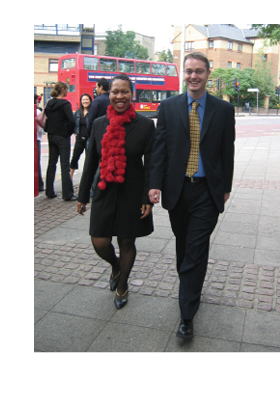 |
The Evidence Base for UrbanwalksThe current adult recommendation for activity is that significant health benefits can be obtained by including a moderate amount of physical activity (e.g. 30 minutes of brisk walking, 15 minutes of running) on most, if not all, days of the week. Alarmingly, only about 37% of men and 25% of women currently achieve the recommended levels of activity. There is also a steady decline in activity levels with advancing age and marked differences between genders, and certain social and ethnic groups. The scale of inactivity across the population, combined with its impact as a significant risk factor for a variety of diseases means that it is now recognised as a major health and social burden. Large-scale epidemiological studies have shown that the greatest potential health gain is found when the most sedentary people become just moderately active. The health gains cover a broad spectrum, incorporating both physiological and psychological factors. This potential has seen physical activity labelled a ‘best buy for public health medicine’. The cost of not reacting to this inexorable rise of inactivity and its wider consequences has been estimated to be £8.2 billion per annum in England. Coupled with projections over the rapid increase in Type II diabetes, the human and economic costs of this sedentary epidemic are only just being fully appreciated and point to the need for urgent action to reverse the trends.
|
 |
